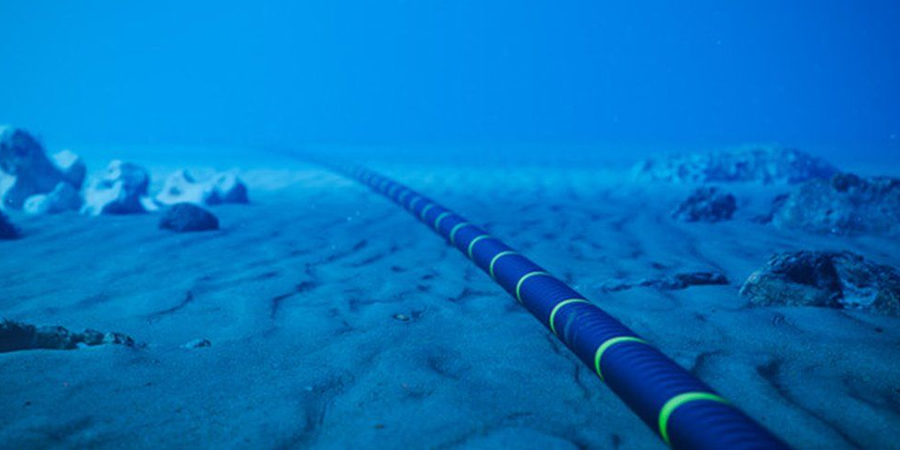Submarine cables are a main reason why we are connected today. In fact, they provide the connectivity that links almost all of the world’s data centers, where servers process the data that lets us experience the internet and its myriad of applications. As much as it is crucial, establishing a submarine cable is also very challenging.
The installation of a submarine cable goes through a long process that includes a comprehensive planning stage and a seamless execution. A thorough preliminary analysis is done to assess the risks and challenges and draft the right execution plan.
A Full Set of Obstacles
Natural conditions are a major challenge to laying a subsea cable system. There are regions where the terrain is rough, others face bad weather conditions, and then there are geopolitical factors to consider. All of these elements must be taken into account when planners are evaluating the ground.
Once this part is done, the next challenge is presented in laying the fiber itself. Surveying vessels and specialized cable-laying ships make use of a range of undersea technologies to bury cables beneath the seabed and then connect the resulting thousands of miles of cable.
Cable Landing Stations
A hundred million dollars’ worth of subsea cable projects, representing more than 90% of the world’s internet traffic, ultimately reduces to a single point of a terrestrial cable that then provides connectivity to major population centers. This point is the cable landing station.
A cable landing station terminates an international cable or spur off an international cable. It powers the cable or spur and provides a location for the Submarine Line Terminating Equipment (SLTE), as well as a location for domestic and/or international interconnection.
It is generally owned by a Landing Party which is the sole provider of operations and maintenance services to a cable company. The Landing Party will build and own the landing station, as well as other civil works such as ductlines to the Beach Manhole (fronthaul) and a backup power system. The Landing Party may be a local telecommunications company, a group of local companies, the submarine cable operator or a special private company.
Risks and Benefits of Being a Cable Landing Station Owner
Owning a cable landing station is both risky and beneficial at the same time. The owner must ensure that the fees for operating and maintaining the landing station cover their capital recovery and operational costs over the life of the landing station. A cable landing station owner may also have to bear rare but large one-off costs such as in the case of destruction of facilities due to natural disasters or spur cable break. Acquiring licenses and permits and keeping them up to date is one of the challenges as well.
On the other hand, a cable landing station is highly beneficial as it brings a regular income. It can open the door to more opportunities for becoming a termination point for additional submarine cables since it will be less expensive than building a new facility to land any such future cables.
Efficient Planning
The key to a successful submarine cable establishment is efficient planning and maintenance. This is where artificial intelligence and machine learning solutions can play prevalent roles, whereby they simplify and accelerate the process while logically determining the optimum route, thus avoiding disastrous and costly service outages.









